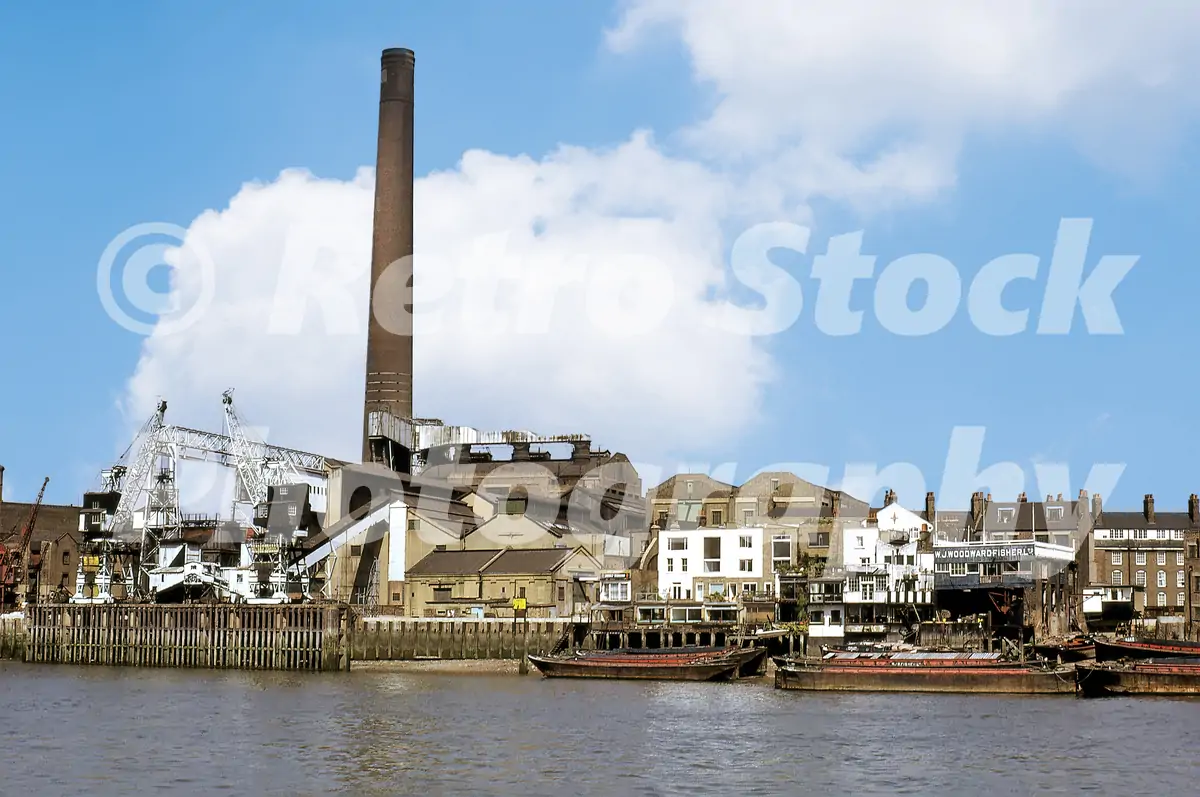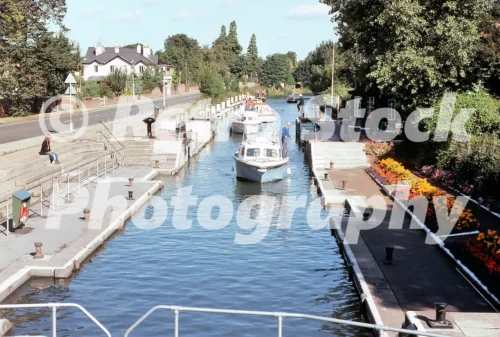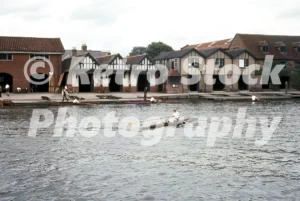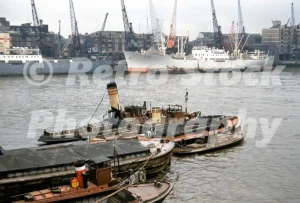The Stepney Power Station—sometimes referred to as Stepney Generating Station—was one of the many riverside electricity power stations built to serve the growing demands of London in the early 20th century. While not as well-known as Battersea or Bankside, Stepney played a key role in the industrial and urban development of East London.
⚡ Overview
-
Name: Stepney Power Station
-
Location: On or near the north bank of the River Thames, in the Stepney/Wapping area of East London
-
Borough: London Borough of Tower Hamlets (historically part of the Metropolitan Borough of Stepney)
-
Operational period: Likely built in the early 20th century, decommissioned mid-to-late 20th century
-
Purpose: Local electricity generation for East London homes, industry, and transport
🏭 Industrial Context
Stepney Power Station was part of a broader movement in the late 19th and early 20th centuries to electrify London, with many such stations built along the Thames for easy access to:
-
Water for cooling
-
Coal delivery by barge
-
Waste removal via river
These riverside stations were essential in powering homes, industries, trams, and the expanding London Underground network. Stepney’s station would have contributed to the electrification of East End streets and supported nearby industrial activity such as docks, warehouses, and shipyards.
🔌 Architecture and Layout
Although detailed images of Stepney Power Station are scarce, stations of this type typically featured:
-
A tall chimney for coal smoke
-
Turbine halls with large windows
-
Coal handling equipment, including cranes and hoppers
-
Dockside loading areas for fuel delivery
It likely resembled smaller-scale versions of more famous stations like Deptford or Fulham.
🕰 Decline and Closure
As London’s power supply became increasingly centralised and efficient through the National Grid (developed in the 1930s and expanded post-WWII), small local power stations like Stepney became obsolete.
By the 1960s or 70s, the station would have been closed and either demolished or redeveloped, as industry along the Thames began to give way to housing and commercial developments.
🧱 What Remains?
Today, no visible trace of Stepney Power Station appears to remain along the riverfront. The area has been heavily regenerated, with former industrial sites replaced by residential flats, office buildings, and green spaces. However, its legacy lives on in the industrial history of East London and the story of how the Thames powered the capital.






Reviews
There are no reviews yet.